Welcome back! It feels good to be writing again. Scratch that--it feels great. As promised, these next few sections will be on my trip to Australia. Specifically for today, we will be looking at the beauty that is Aboriginal linguistics.
One of our first days in Sydney featured a trip to the Aboriginal Art Festival that was being held at one of the ports on Circular Quay. We had the privilege of speaking with the festival's CEO and primary organizer, Peter Cooley. He taught us so much about Aboriginal culture and heritage; I was so deeply moved that I couldn't help myself from writing a blog post (featuring my own photos!! How exciting!!) about the experience. It ended up being posted on our trip's student blog webpage, and I will put it here so that y'all can get some background knowledge on Aboriginal culture:
"
June 30, 2018
As the sun rises over the Sydney Opera House, another full day of hustling and bustling is ripe to bloom. A wide spectrum of ethnicity blends together to form this busy, diverse city; one blood in particular, though, is in the midst of celebrating its culture. At ten in the morning, winter dew is still cushioning each footstep; morning rays are still only making centimeters of progress in their trek across the sky.
Even so, the Overseas Passenger Terminal in the Circular Quay was already packed with an action-filled event: the National Indigenous NAIDOC Art Fair. The fair is run by a charity called First Hand Solutions and its economic faction, the Blak Markets.
"We have artists and art centers from all across Australia," First Hand Solutions CEO Peter Cooley said. "We have communities coming from the most remote parts of Australia—just to support the art and culture. In some cases, the art centers here are the only opportunity for the artists to make money in their communities. There are some incredible, innovative entrepreneurs here. We bring them to the big stage and give them as many opportunities as we can."
With over thirty small indigenous businesses represented from New South Wales alone, the fair truly embraced what it meant to celebrate culture. Upon just the first few steps into the building, one can see how many communities are represented.
Jewelry booths, while side by side, each have their own distinct styles. Bright hues pierce through the room, and a dull chaos of chatter can be heard as Aboriginal artists tell their stories to festival-goers.
"Everyone paints a different story," NAIDOC Art Fair worker Fiona said. "The artist tells their grandparents' stories. There could be one story painted over and over again, but it would be painted in different ways—so no two paintings look alike."
For some fair attendees, the art's beauty and bright color may give off the impression that it only represents joy. However, that is not the case.
The history of Aboriginal people is one of much sadness—but also one of much perseverance. In 1770, British explorer Captain James Cook sailed straight to Cooley's Aboriginal community in Botany Bay. From 1788 and on, Aboriginal people would be plagued with the effects of colonialism.
Over time, more and more white settlers came to Australia, forcing the native people off their own land and into harsh living conditions. Many were ushered onto reserves, and even more were killed for no reason other than the colonists' racism and xenophobia. Just as the mistreatment of indigenous people has been seen all over the world, the Aboriginals endured centuries of inhumanity.
"My mum still lives in the Aboriginal community," Cooley said. "When my mum was a kid, the Aboriginal community had a fence around it. There was a gate on the fence; there was a white manager who ran our [reserve]. My mum couldn't come and go as she pleased; there was a curfew for when you had be back in the community. My relations couldn't come just visit me; they actually had to seek permission and receive it just to come to my house. My mum's still living; she lived through that, so that stuff happened not too long ago."
While the European population of the country celebrates Australia Day on January 26 every year, the Aboriginal people hold a protest. They call it the Day of Mourning, and it represents the sorrow they've lived through. The first Day of Mourning was held in 1938, on the 50th anniversary of Australia's colonization by the British.
The Aboriginals have a lot to mourn. Starting from the 1800s all the way until 1969, Aboriginals lived through what was called the "Stolen Generation." White Australians would come to Aboriginal homes and, literally, steal the children. The aim of these heinous acts was to force assimilation into European society; they worked tirelessly to beat out Aboriginal culture.
"I was a kid back when the Stolen Generation was going on," NAIDOC Artist Claire said. "It still is going on, in a way. They're not explicitly coming to homes and stealing children, but they're stealing the children's opportunity to learn about their own culture. It was horrible to see the Stolen Generation happening all around me. Kids from my community would disappear all the time. We think the only reason I wasn't taken was because my mother used to be the housekeeper for the white sergeant in the town. The kids living on either side of us were taken, but they didn't take me."
Thankfully, even the cruelest efforts to wipe out Aboriginality have ultimately failed. The resilient blood of the Aboriginals pushed through and into the new century. Today, measures are being taken to make amends. Peter Cooley has done wonders for his people in this way.
"If people like me don't step up to provide those links back to culture, a lot of our kids grow up now with a [sense of] loss," Cooley said. "We have the highest rates of teenage suicide, youth incarceration, unemployment, housing issues, and all that stuff. It's because we don't have culture in our lives. We need that cultural foundation in our lives at a young age. We move forward in our lives [as a result], and we become more and more proud of who we are--our identity."
After working as a mechanic for some years, Cooley decided he wanted to dedicate his life to his culture and people. His charity foundation, First Hand Solutions, taught Aboriginals about employment training and economic development. Even though he modernized the means of business, he still put great value into the culture.
"Our young ones grow up as our eldest pass on," Cooley said. "The elders are like cultural encyclopedias; all that knowledge goes with them. We're living here now, but it's difficult to sit down with our old people and get all that knowledge from them. I've been lucky enough to grow up with them. Where I grew up, they used to take us out on country and teach us all this stuff about our culture. So I've been fortunate to get that as a kid—a taste."
Before creating First Hand Solutions, Cooley worked with the Aboriginal youth to pique their interest in culture and country. He would take the program's youth to places in the countryside where they could see the ground their ancestors once stood on—where their blood once flowed from.
"I ran my own business for ten years, just getting [young] people out of their house—off of their screens—just to take them back out to the country and to teach them a bit of their own culture," Cooley said. "If we don't have our people step up and do that, as our people die off, so does the culture."
One key issue Cooley recognizes is that of native tongue. Because language and society are so intertwined, the forced assimilation into European culture was detrimental to Aboriginal languages. With over 400 nations of Aboriginal people, there were countless dialects and languages—each with its own culture and history.
"Because our people have been disconnected from culture for so long, there have been so many languages lost already," Cooley said. "There's a big push in New South Wales at the moment to bring languages back. The government has actually been putting in quite large funds for people to be working to redevelop those language ties."
Cooley's foundations have worked to teach native languages as well. However, the task is difficult due to some languages only having a few surviving speakers. Without the passage of language from elder to youth, an endangered language can be lost forever. Given enough care and effort, though, many languages have high hopes of being preserved.
"There is still language around the country," Cooley said. "The language is still very present among the more remote parts, such as Alice Springs and Central Australia. There, English is the second or third language."
One doesn't have to travel to Alice Springs or Central Australia to hear indigenous tongues, though. Most artists who are at the fair speak their communities' languages with ease.
"Go listen to the old girls in the [art fair]," Cooley said. "They're all speaking their native languages. I'm proud of them for coming here all the way from the remote parts of Australia and talking their native tongues."
Though Aboriginal languages are not mutually intelligible with the languages spoken by many fair attendees, art serves as the perfect translation. Each piece of art holds a story that can be understood by the world, if only it will listen.
"We're dealing with a massive fake art problem in Australia," Cooley said. "In those tourist shops, every bit of art is fake, whereas in here, more often than not you'll be buying the art straight from the artist who produced it. The art in tourist shops is made elsewhere: produced on a mass level in China or Indonesia and brought back here to sell. We're fighting the fake art movement."
Authentic art is handmade by each artist. Each crevice is carefully crafted, and each medium has meaning. The jewelry features emu feathers and coral seeds, both of which are significant to Aboriginal culture.
Some necklaces are woven into the shape of baskets—the very baskets that Aboriginal women carry their children in. Even the symbols and markings painted onto wooden pieces represent something more. Often, the artist will depict women gathering around a water hole, showing the importance of community in their lives.
"There are stories, families, and personal experiences that go into each piece of real art," Cooley said. "It's the artist who tells that story. There's very sensitive, sacred stuff in that art. It comes from country. It comes from the land. It comes from within them. It's very disrespectful for someone to sell someone else's art on a mass scale when they have no idea what it means or what it represents."
The fight against fake art has just reached the government level, and Cooley—along with the rest of the Aboriginal community—has hopes that fake art will be outlawed soon.
"It's hard in culture, but it's also affecting our economics as well," Cooley said. "[Outlawing fake art] can help our businesses and help drag us out of poverty. We sit in poverty here. You might see us doing well at the art fair here, but when we go back to community, we go back to poor households. It's still a real struggle for our people financially."
As with any other ethnic group that has faced oppression and discrimination, amends are sometimes not good enough. While there certainly have been improvements for the Aboriginal population of Australia, it is far from the end goal.
"Racism is alive and well," Cooley said. "I've felt it. But we learn to adapt; we learn to blend in and fit in. We learn to do what we have to do just to keep our culture alive."
It will continue to be an uphill battle for equality, but the fight should not be the Aboriginals' alone. Any one person can step in to help; there are so many ways of embracing Aboriginality, one of which is the NAIDOC Art Fair. While simply acknowledging Aboriginal culture won't erase the history of hurt and pain, it's one small step in the right direction. These celebrations of culture show the world that people care about these beautiful cultures. Through time and effort, the world will reach kindness and equality.
"
So now that y'all have that information in your brain warehouses, I'm going to dive into more specifics about Aboriginal languages. As previously stated, there are over four hundred dialects across the nation, and this comprises the twenty eight Aboriginal language families and isolates in Australia.
The difference between a language family and a language isolate is this: a language family is a group of languages related to each other based on descent from a common ancestral language (much like in evolutionary biology), while a language isolate is one language that is genealogically (and sometimes geographically) unrelated to other languages. Language isolates are kind of like a language family that only consists of one language: itself. Examples of these include Korean and Sumerian--they seem to not share a common ancestor with any other language.
The largest Aboriginal language family is called the Pama-Nyungan family, and it contains nearly three hundred languages. This family covers the most land geographically across the country mainly because it includes both the northeast of Australia (where the Pama languages are spoken) as well as the southwest (where the Nyungan languages are spoken).
Even though, in theory, it may seem like the Pama-Nyungan family is an omnipresent language family, the reality of the situation is that most of the languages within this family are endangered.
So many of the Pama-Nyungan languages are just languages spoken by small, isolated groups of people, within a few hundred speakers--or fewer! Because of disease and the harsh laws imposed on the Aboriginal people historically, many of these groups have died out. With the people go the language… and the culture.
Now that we've seen the dangers of extinction on the largest language family in Australia, let's move on to the smaller families. Some examples of these families are the Laragiya, Tiwi, Bunaban, and Daly families. The smaller families are no exception to the common trend of endangerment and extinction: from the list of languages I could find, over ninety were already extinct, and many more were critically endangered.
The United Nations Educational, Scientific, and Cultural Organization (or UNESCO) has classified endangerment of languages into four categories. They are "vulnerable," "definitely endangered," "severely endangered," and "critically endangered." If a language is "safe," it is not endangered at all. If a language is "extinct," it means that there are no more living speakers of that language.
I also found out what each of the labels mean specifically. Vulnerable means that children speak the language in their homes, but not outside; definitely endangered means that children of that community no longer speak their community's native language; severely endangered means that the language is spoken only by the oldest generation; critically endangered means that only a select few of the elders speak the language.
I know I've talked about endangered languages before, but just as a refresher, many causes of language endangerment include political repression (as is the case with Aboriginals throughout Australian history), cultural marginalization (also the case with Aboriginals), and urbanization (are we sensing a trend here? Because this applies to Aboriginals as well!). It's no wonder that all of these languages are dying out at such a rapid pace. This terrifies me.
After learning so much about each individual Aboriginal community member and talking with these artists, I have honestly grown attached to their culture, albeit only experiencing it vicariously through their art and stories. Much of the knowledge of Aboriginal heritage is sacred to each community, and they will only share so much with those who are not in their own tribes.
Because of this, many conservation efforts have been difficult. The process of documenting a previously unwritten language into something written and concrete has faced many obstacles--including the wills of Aboriginal people themselves. Still, the movement to preserve such beautiful culture trudges on. Next week, we will be discussing some specific language artists who have taken on this challenge. Stay tuned!

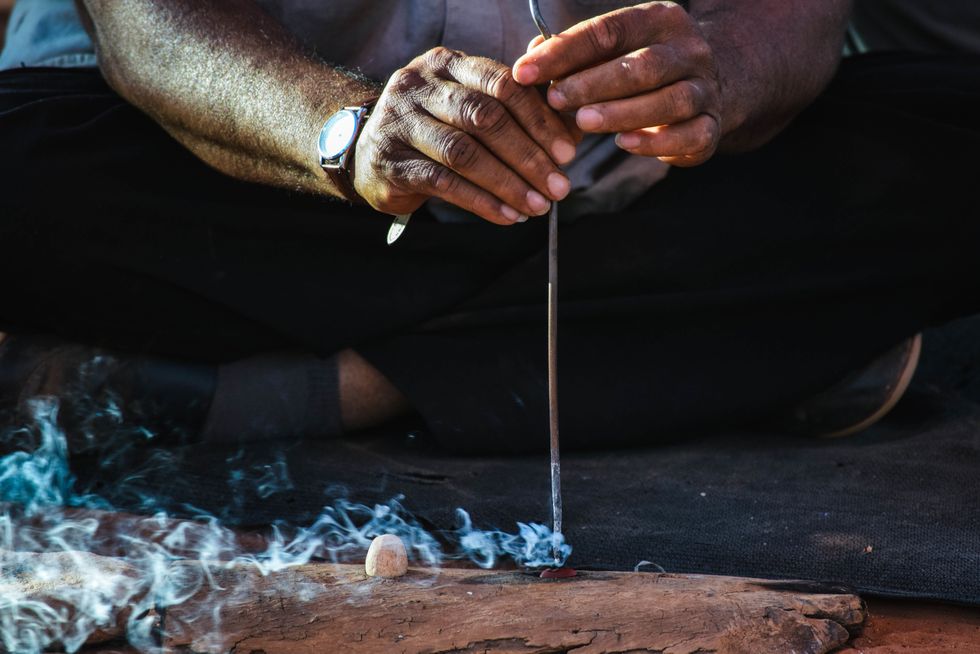



 people sitting on chair in front of computer
people sitting on chair in front of computer



 all stars lol GIF by Lifetime
all stars lol GIF by Lifetime two women talking while looking at laptop computerPhoto by
two women talking while looking at laptop computerPhoto by  shallow focus photography of two boys doing wacky facesPhoto by
shallow focus photography of two boys doing wacky facesPhoto by  happy birthday balloons with happy birthday textPhoto by
happy birthday balloons with happy birthday textPhoto by  itty-bitty living space." | The Genie shows Aladdin how… | Flickr
itty-bitty living space." | The Genie shows Aladdin how… | Flickr shallow focus photography of dog and catPhoto by
shallow focus photography of dog and catPhoto by  yellow Volkswagen van on roadPhoto by
yellow Volkswagen van on roadPhoto by  orange i have a crush on you neon light signagePhoto by
orange i have a crush on you neon light signagePhoto by  5 Tattoos Artist That Will Make You Want A Tattoo
5 Tattoos Artist That Will Make You Want A Tattoo woman biting pencil while sitting on chair in front of computer during daytimePhoto by
woman biting pencil while sitting on chair in front of computer during daytimePhoto by  a scrabbled wooden block spelling the word prizePhoto by
a scrabbled wooden block spelling the word prizePhoto by 
 StableDiffusion
StableDiffusion
 StableDiffusion
StableDiffusion
 StableDiffusion
StableDiffusion

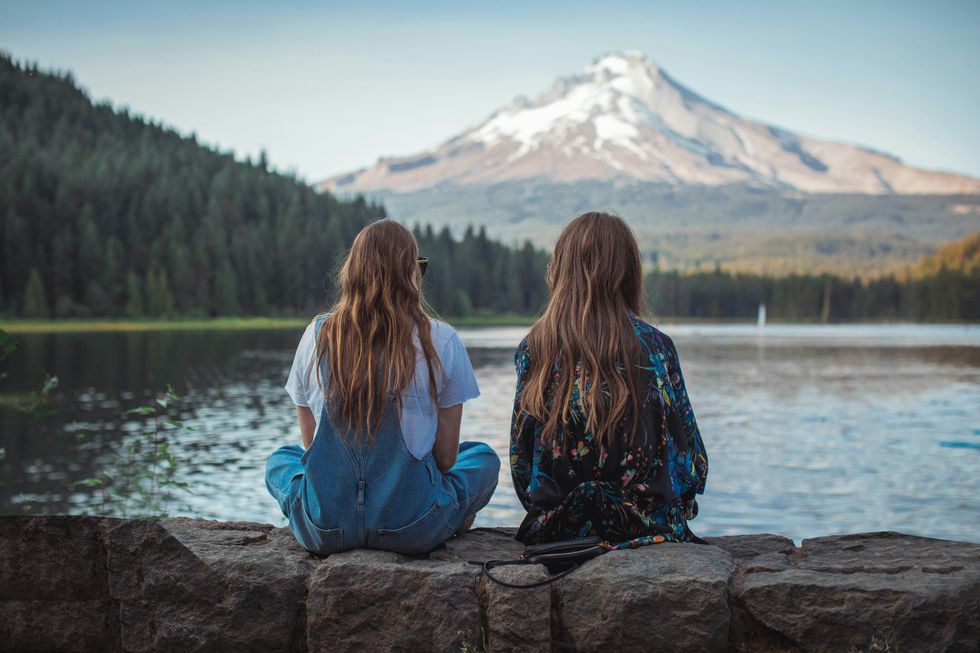 women sitting on rock near body of waterPhoto by
women sitting on rock near body of waterPhoto by 
 Photo by
Photo by 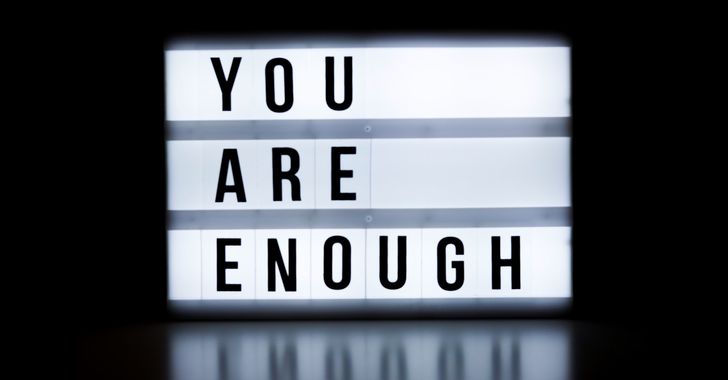 Photo by
Photo by 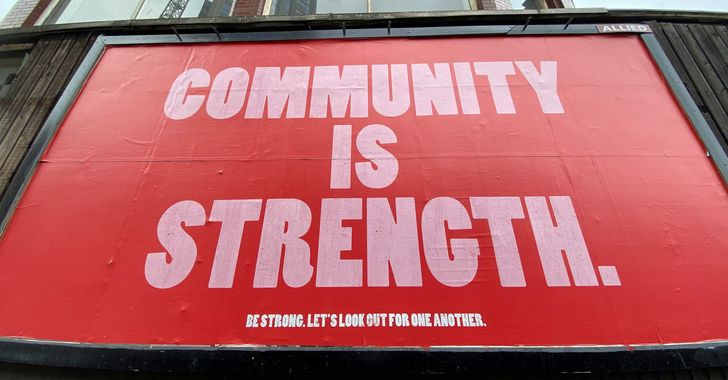 Photo by
Photo by  Photo by
Photo by 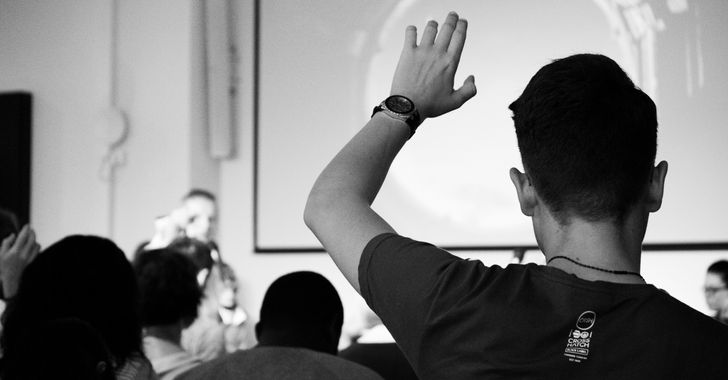 Photo by
Photo by  Photo by
Photo by 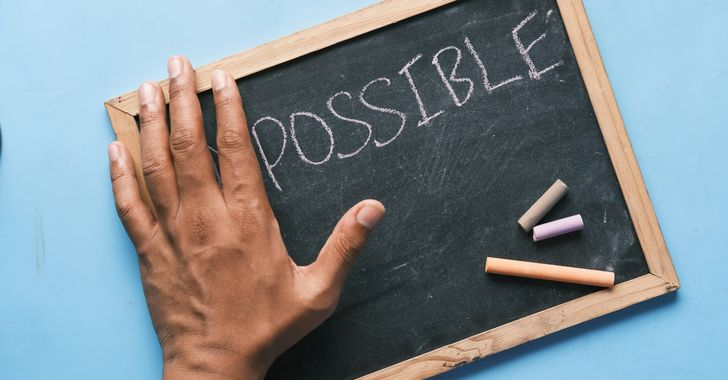 Photo by
Photo by 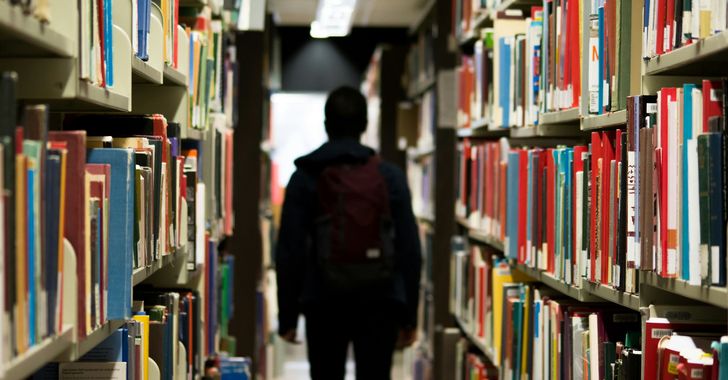 Photo by
Photo by  Photo by
Photo by 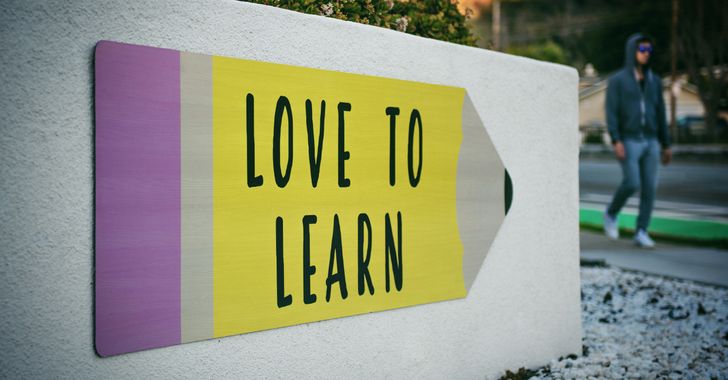 Photo by
Photo by 





